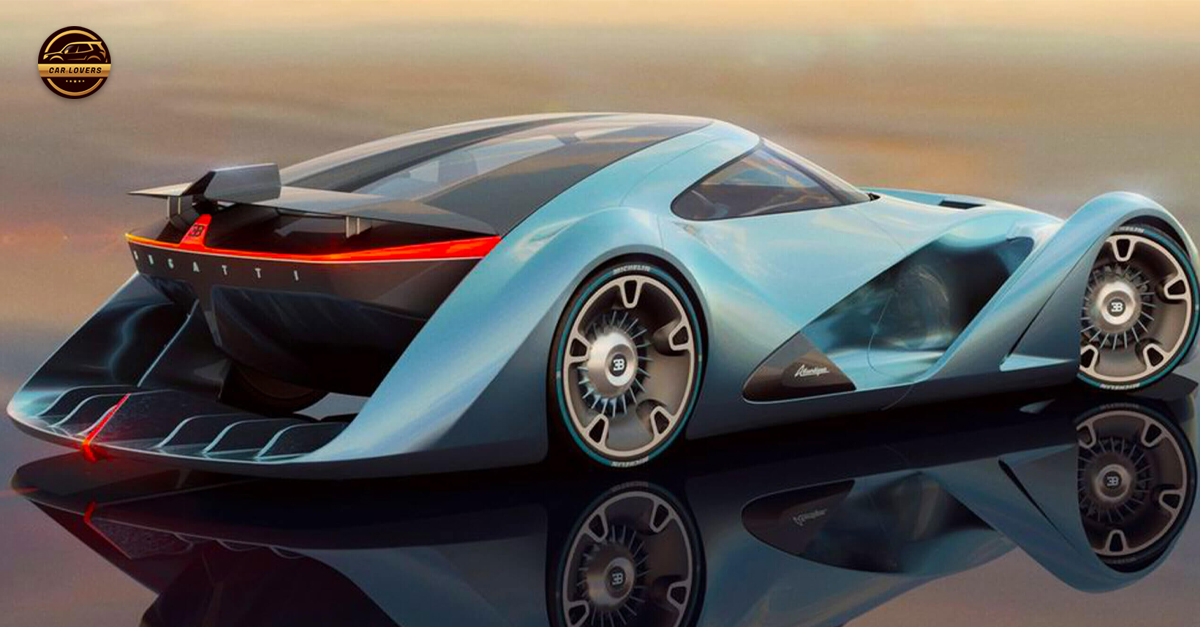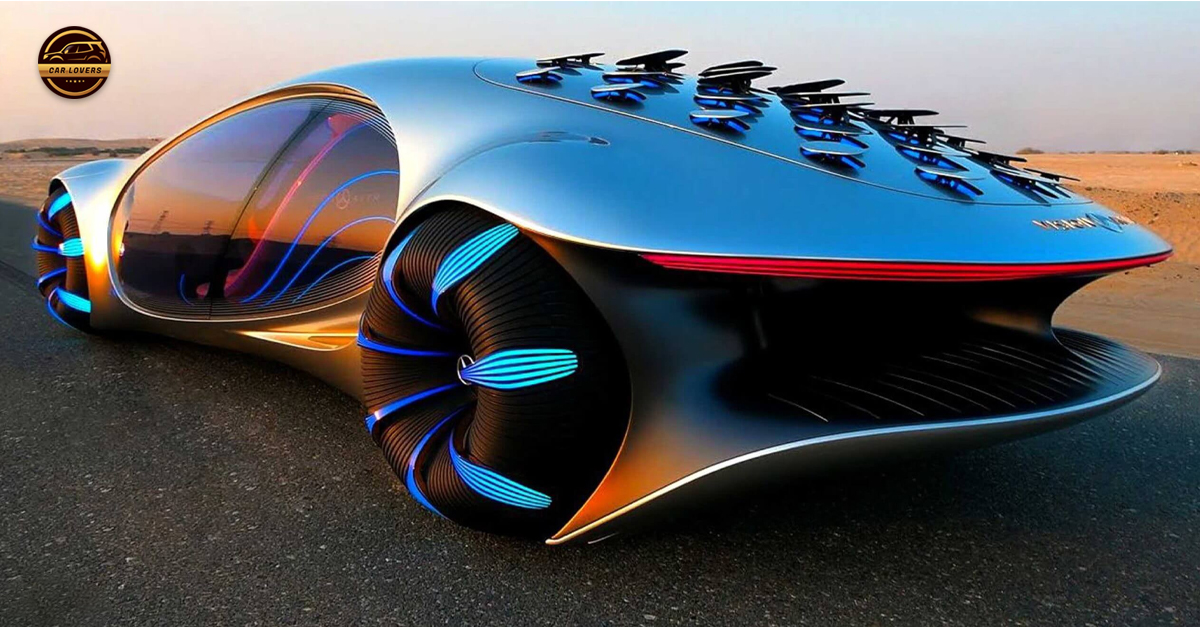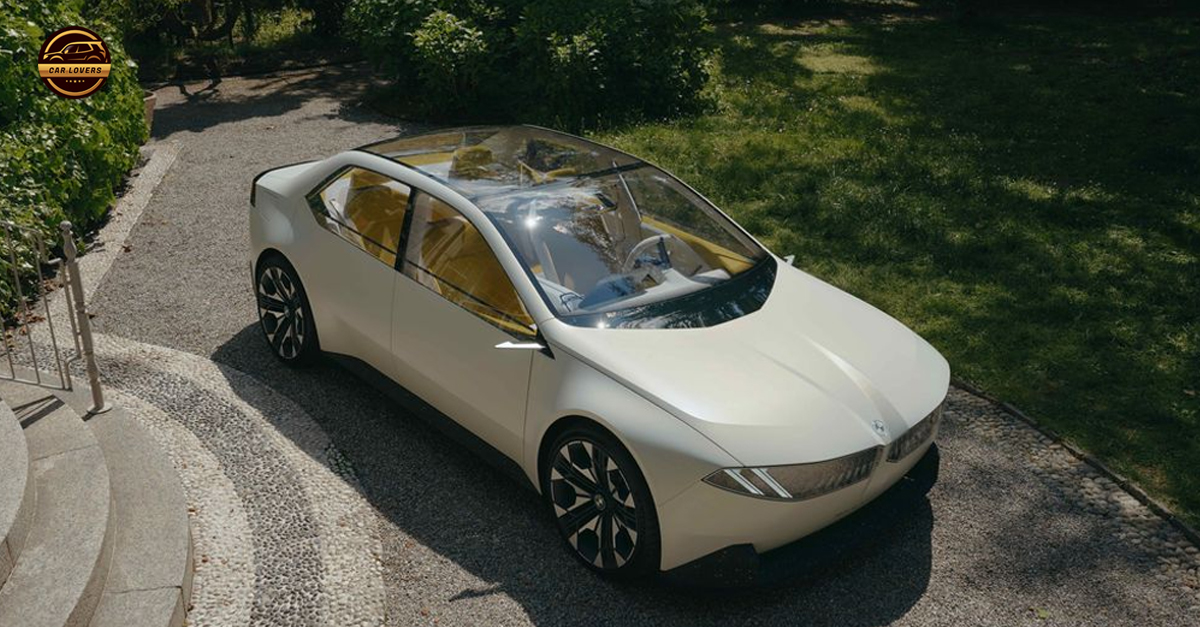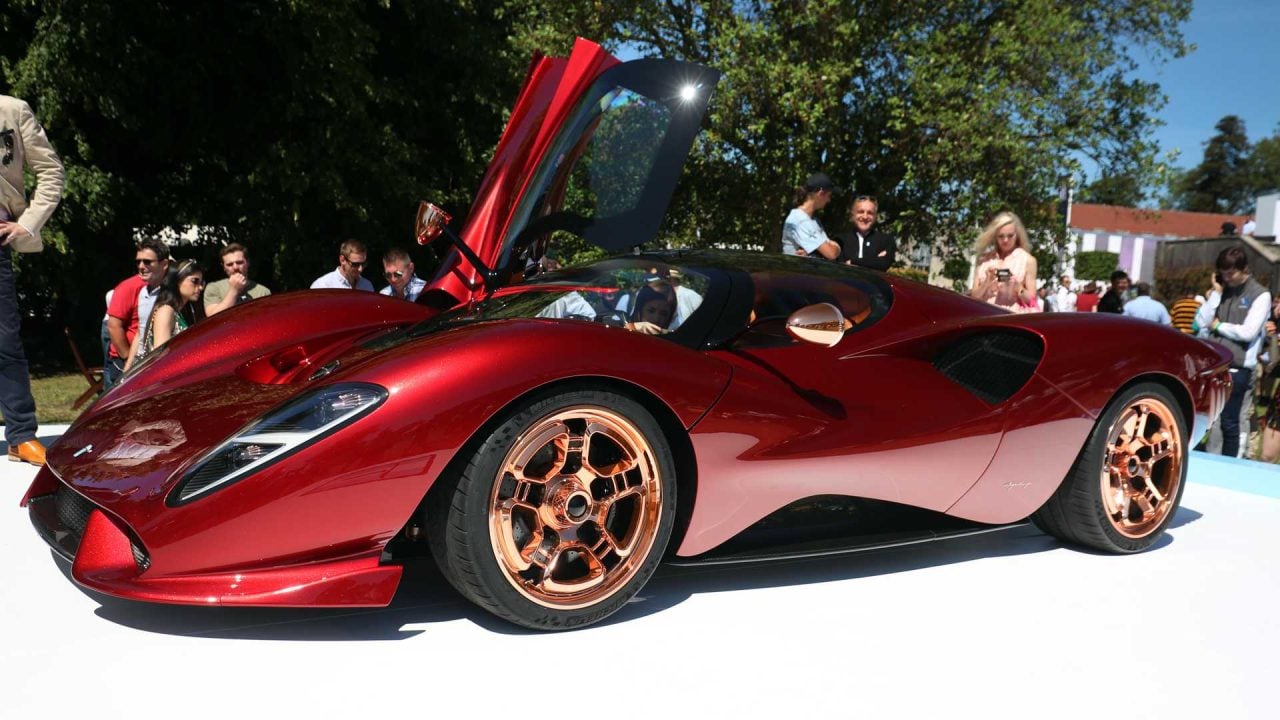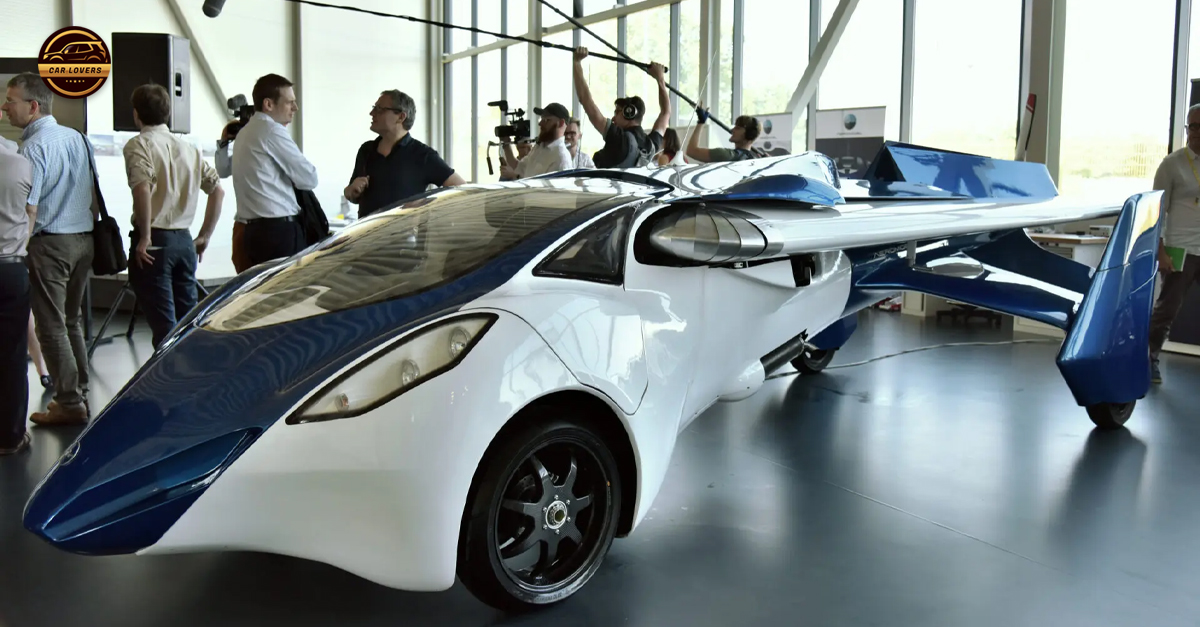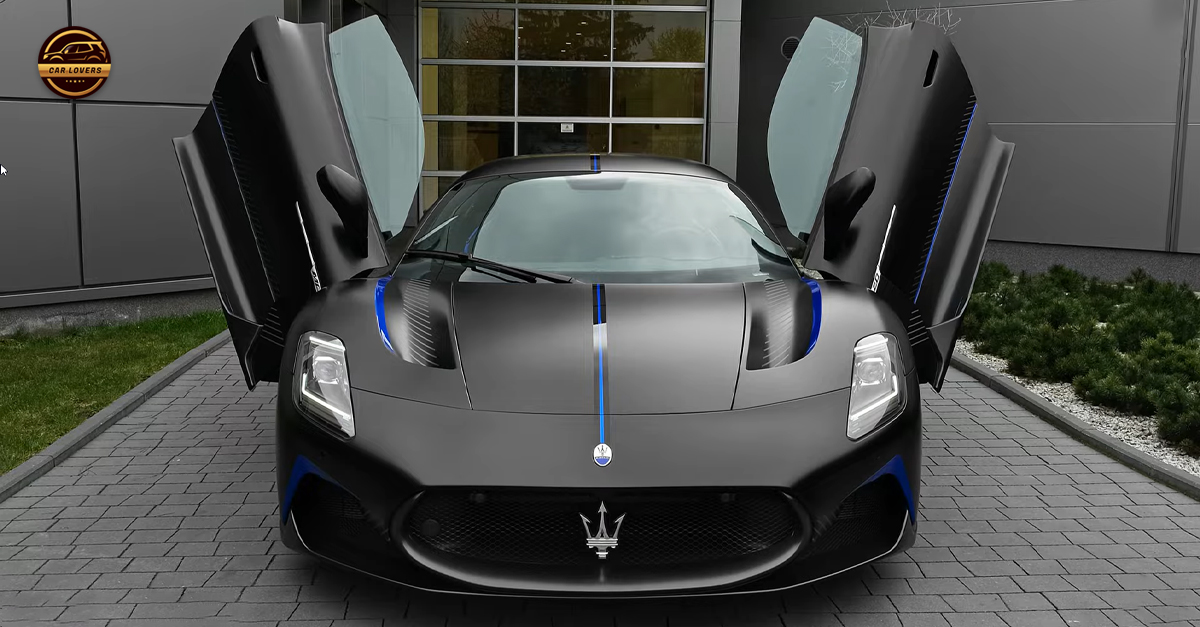Built to celebrate the 70-year partnership between Ferrari and the other great Italian, Pininfarina, the 550 Barchetta exuded joie de vivre and glamour like few others did in the early 2000s. Kessel Autos SA now offers you the chance to relive that splendour with this example.
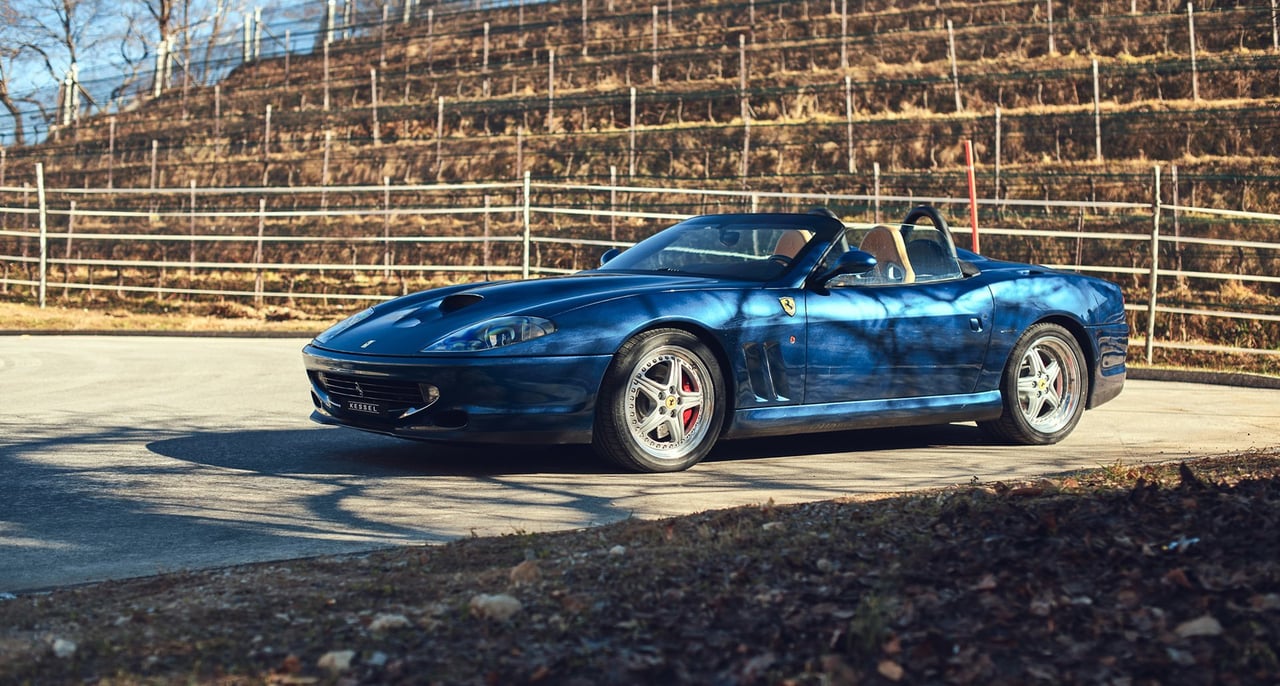
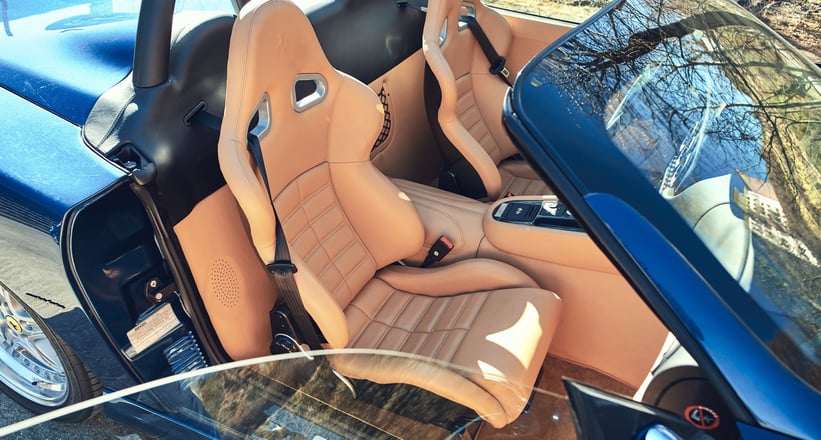

Barchetta – that is the Italian name for these small leisure boats that can be found along the coast. A charming and modest word in itself, but it only took one man and an uncompromisingly passionate car brand for the meaning of Barchetta to change completely and become a classic of car design. This man was Giovanni Canestrini, editor-in-chief of the Italian sports newspaper “La Gazzetta dello Sport”. He came up with the term when he wanted to describe Ferrari’s latest model, the 166 MM, at the Turin Auto Show in 1948. The word “little boat” stuck with this car and has actually been used by the car industry to describe the model ever since.
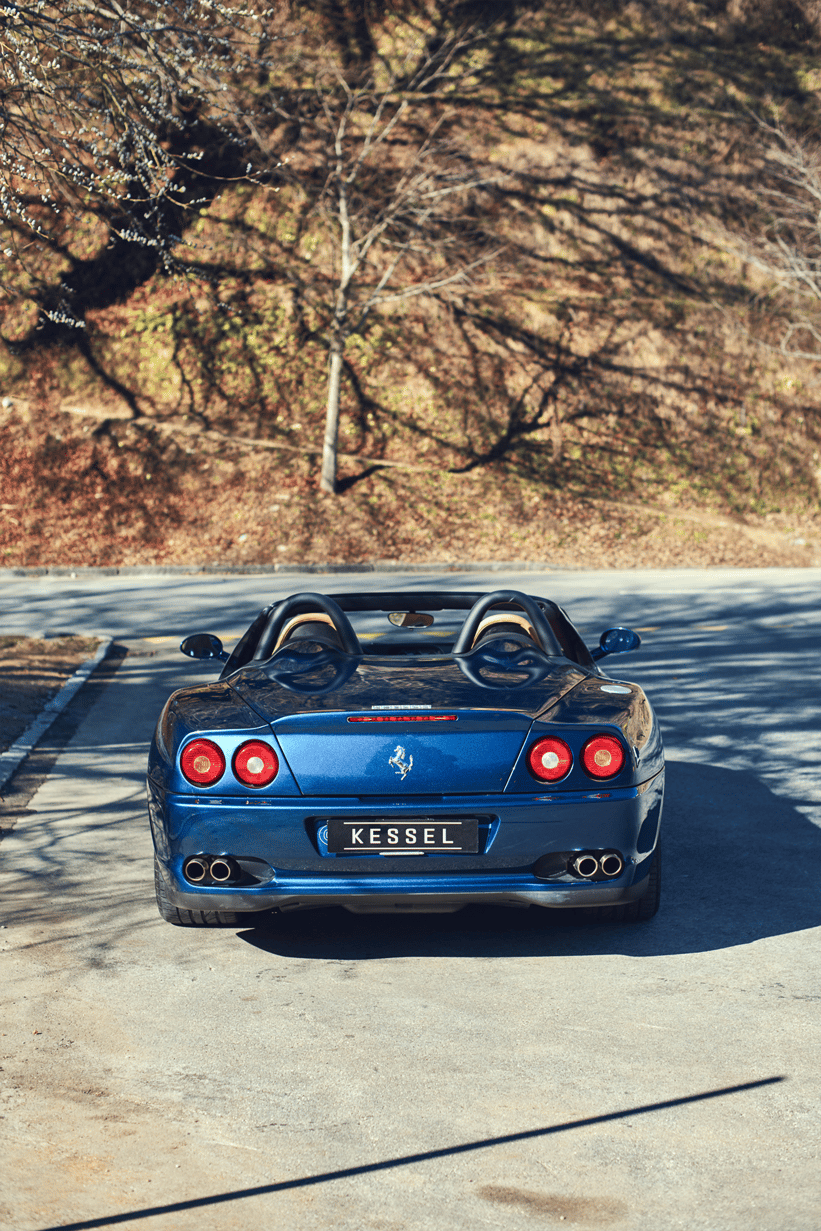

It’s one thing to name a car a Barchetta, but it still has to have some core characteristics to be worthy of the name. Similar to the maritime original, Barchetta refers to a small, open car that offers little protection from the rain and also has a flat windshield for improved aerodynamics. Such a model was always more about the driving experience itself than about great options and technology. And so the development leads to another Ferrari that bears this iconic predicate: the 550 Barchetta Pininfarina.
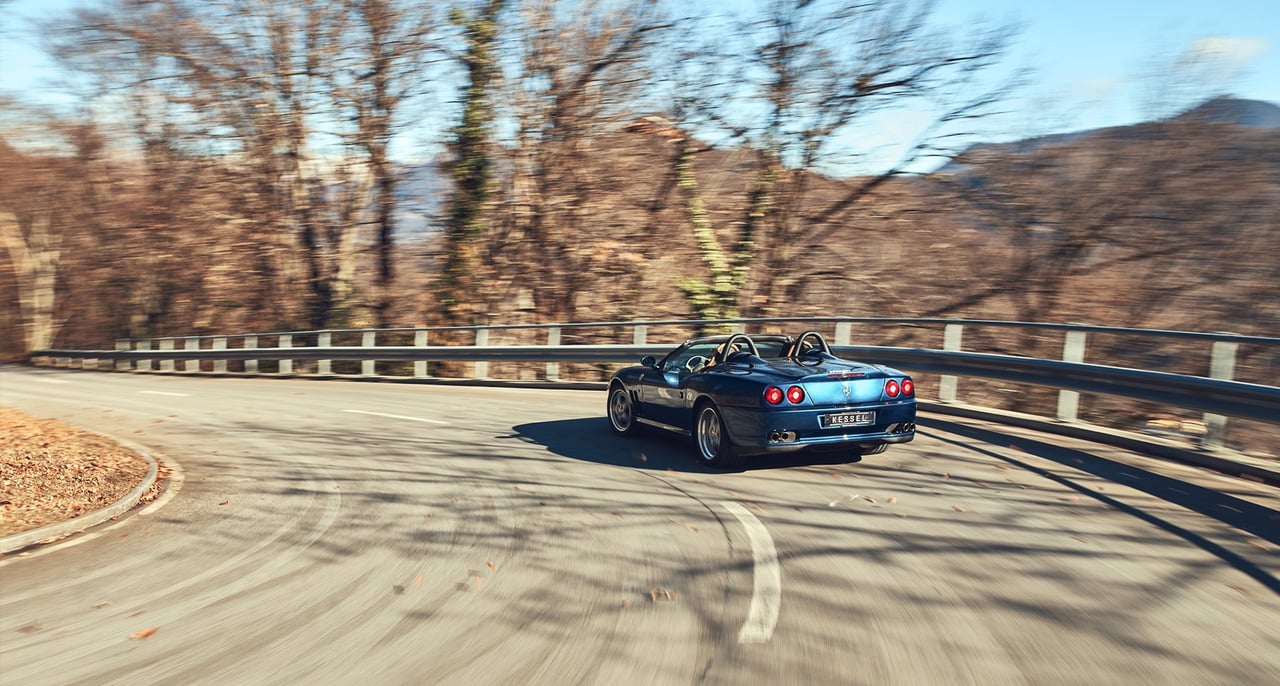
Built to underline Pininfarina’s loyalty to the Ferrari brand, just 448 units were built in Maranello from 2001, with a focus on design elements borrowed from earlier models such as the 166 MM, 250 GT California and 365 GTS4 Daytona. Each of these 448 units features a distinctive serial number plaque signed by Sergio Pininfarina himself. The name wasn’t just a throwback to the icons, however, as the windscreen was mounted a full 100mm lower than the standard 550 Maranello and fitted with a manual soft top – an invitation to drivers to experience this car as its creators had intended, exposed to the sun and the fresh breeze.
It is important to remember the era in which the Barchetta was introduced. On the racetrack, the seemingly unbeatable duo of Michael Schumacher and the Scuderia Ferrari led by Jean Todt gave it a worldwide boost in popularity. In the showrooms, models such as the 360 Modena and the 456 GT showed the new path that the Prancing Horse brand was taking. The 550 Barchetta was an ideal interpretation of the classics that inspired it, in time for the new millennium. This example is configured in Blu, to match the inimitable beige of the interior: a splendid combination of colors that has helped the 550 to stand the test of time.
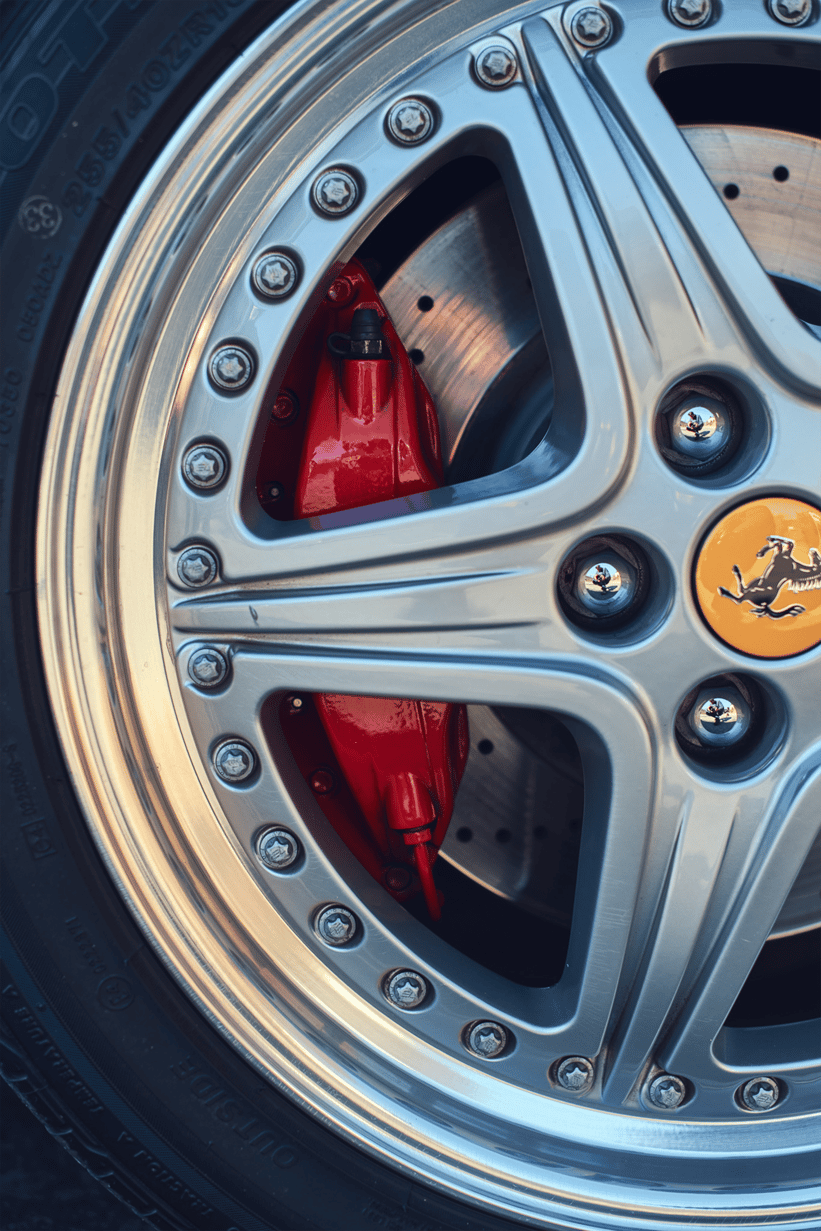

Another striking difference between the Barchetta and the related coupe can be seen in the wheels. As part of Pininfarina’s distinctive design, the Drop Top received unique, two-piece lightweight wheels that give the elegant body an even more pronounced appearance on the road. What remained unchanged, however, was the heart of the car: a high-revving V12 naturally aspirated engine that developed 492 hp at 7,000 rpm and offered a magnificent orchestral sound from the exhaust system.
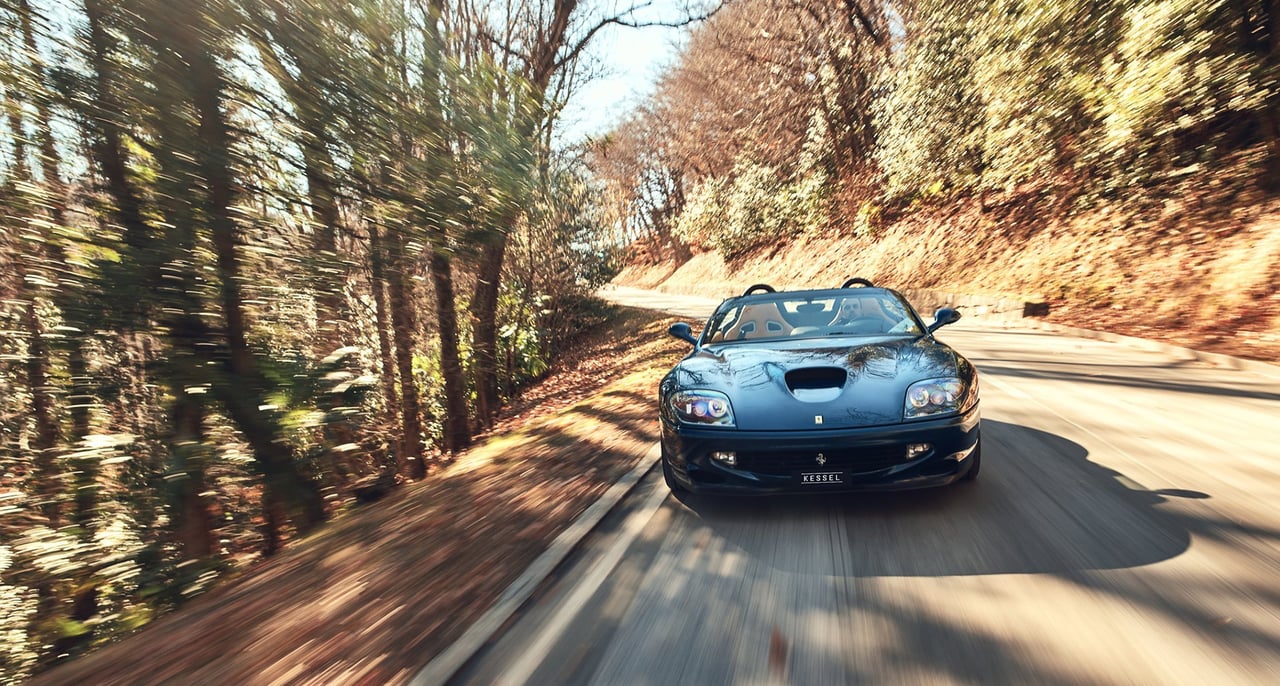

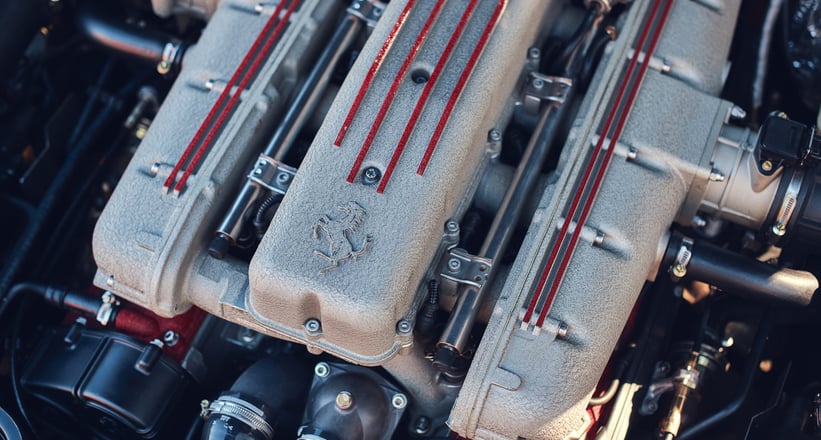
This stunning example is currently on display at Kessel Auto SA, home of the finest modern, historic and future classic Ferraris such as this 550 Barchetta. Of all the sophisticated automobiles currently in the Kessels’ inventory, this “little boat” is undoubtedly one of our favorites.
This sponsored article was produced and published as part of a paid partnership with Loris Kessel Auto SA. All information about technical condition, history and other details was provided by the seller.
